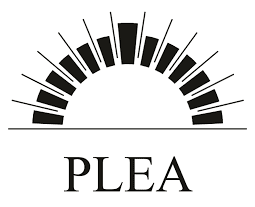The multiple criterion scale developed by Hopkinson is extensively utilised to analyse the subjective degree of discomfort due to glare. Using a luminance adjustment procedure, the brightness of a glare source is adjusted to reveal four levels of discomfort, typically: just imperceptible, just acceptable, just uncomfortable, and just intolerable. In many experimental studies, observers are requested to attend to each level of discomfort in ascending order, from the lowest to the highest criterion. There are, however, reasons to believe that assessments made using adjustments might be affected by the initial anchor, i.e. the setting of the variable stimulus before an adjustment is made, and by order effects, this influencing the reported thresholds of discomfort. To investigate anchor bias and order effects, two Hopkinson-like multiple criterion adjustment experiments were performed, respectively with three different initial anchors and three order sequences (ascending, descending, and randomised). The results revealed substantive bias due to anchor and order effects, primarily at lower glare criteria. This demonstrates the need for caution when interpreting subjective evaluations of discomfort due to glare and estimating the robustness of glare indices derived from studies that used models fitted to data obtained with Hopkinson’s multiple criterion scale and luminance adjustment procedure.
Experimental Biases in Discomfort Glare Evaluations
This entry was posted in Conference Paper. Bookmark the permalink.

